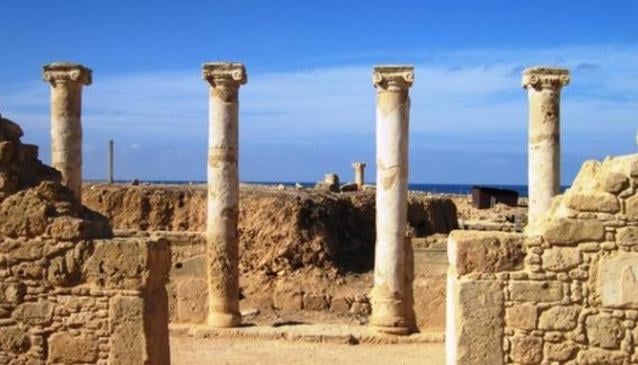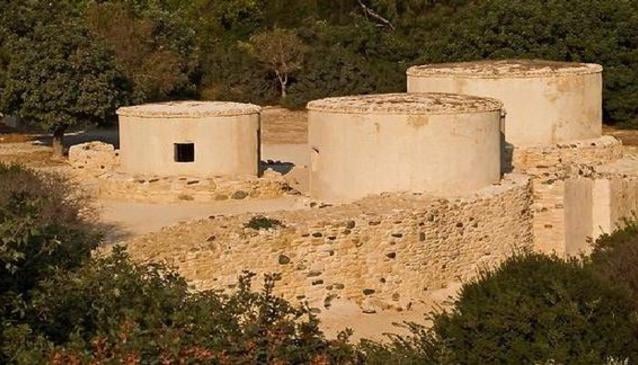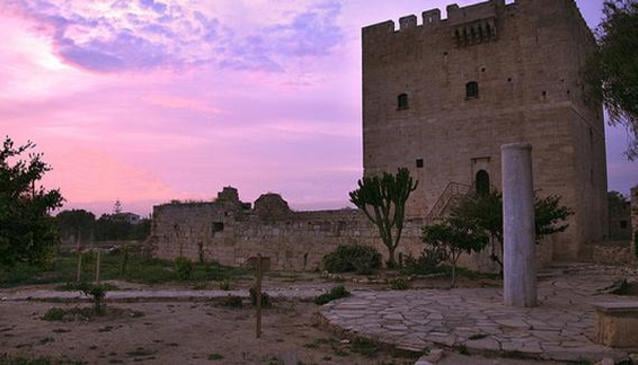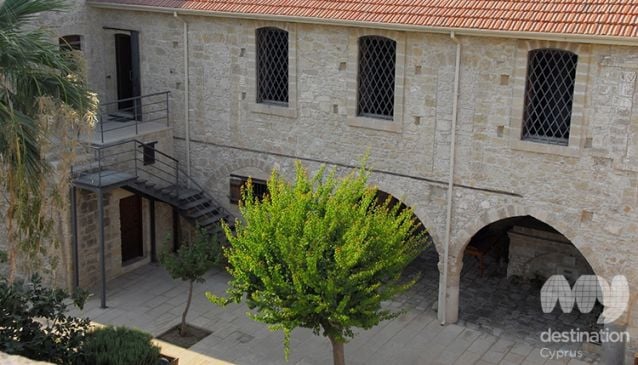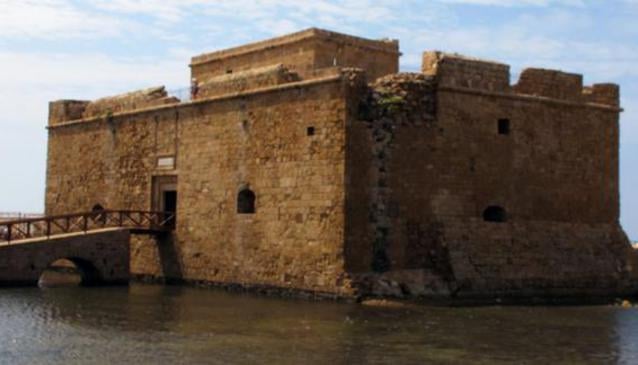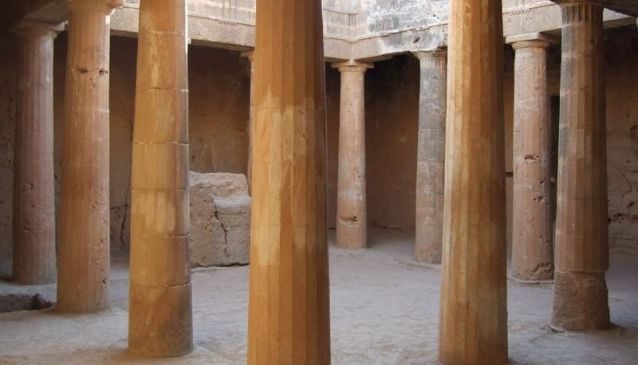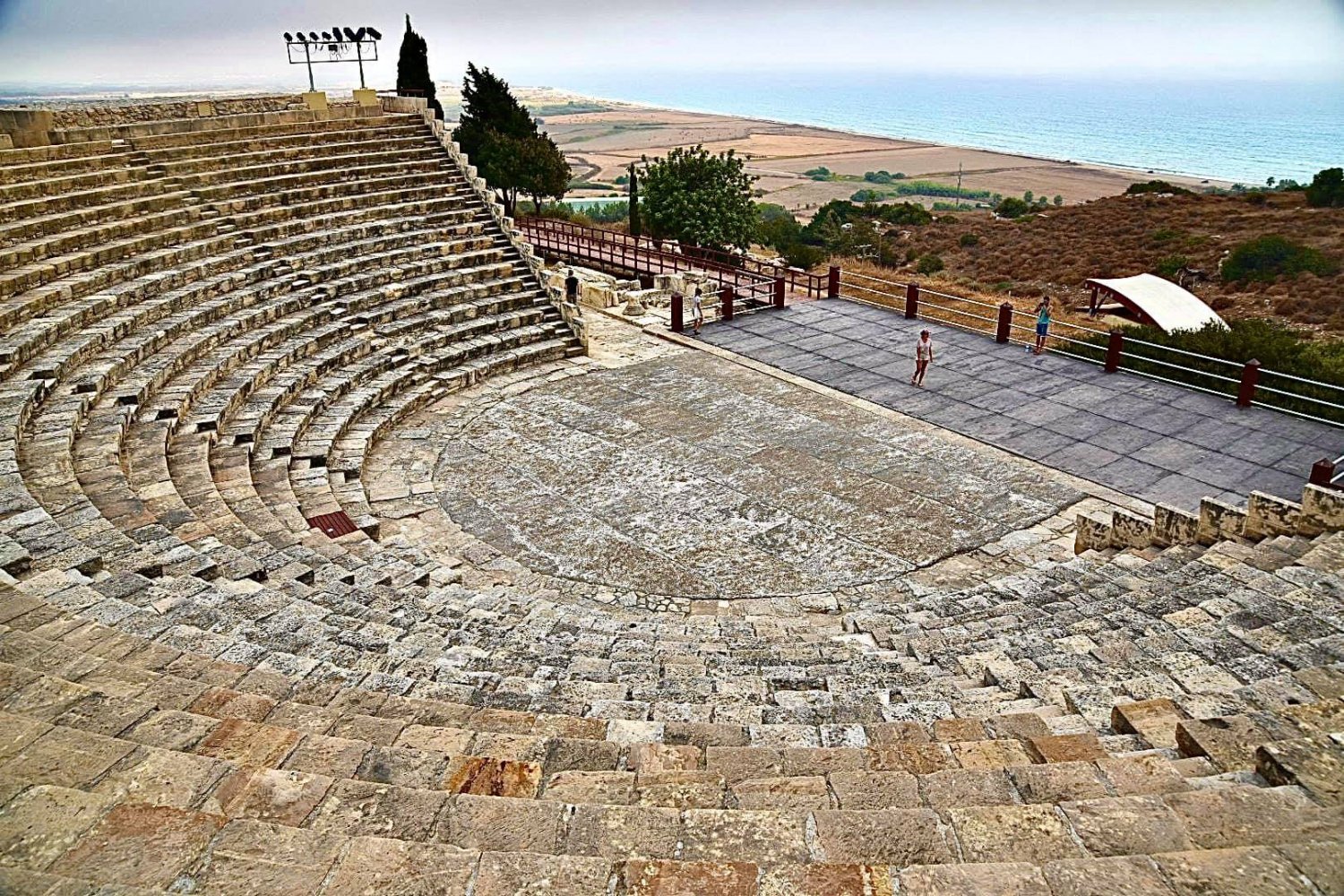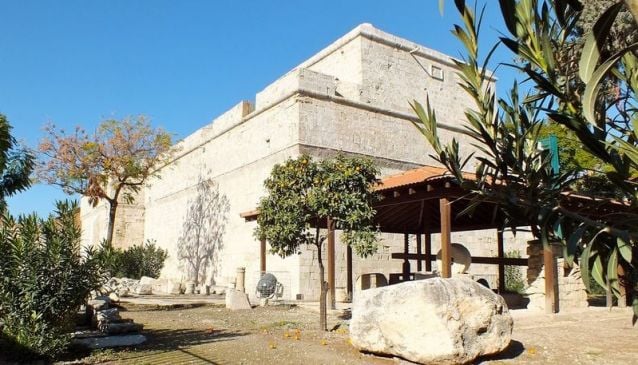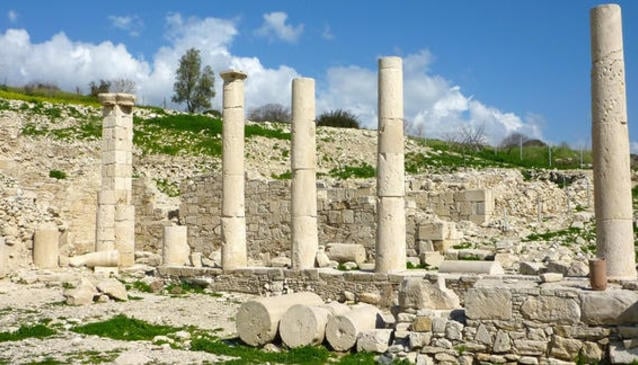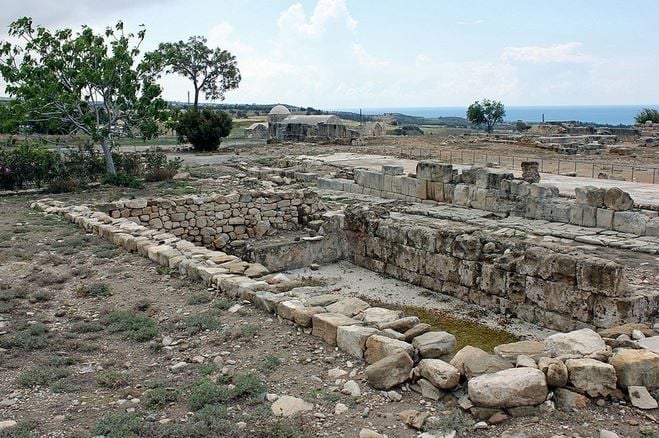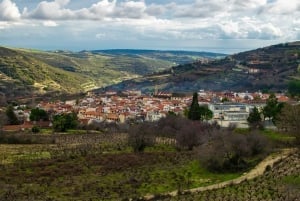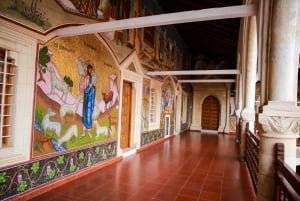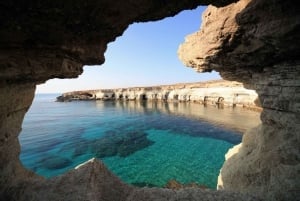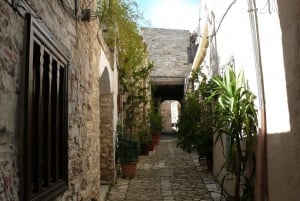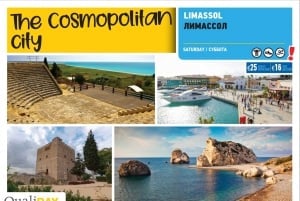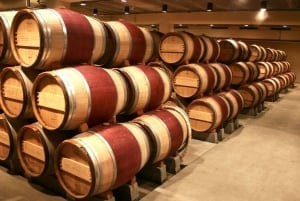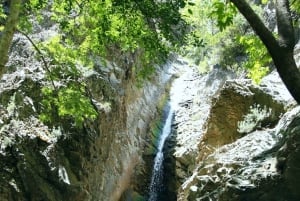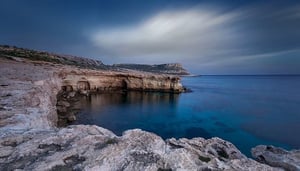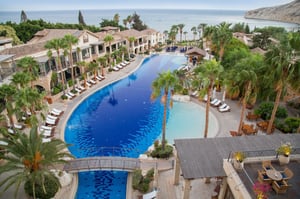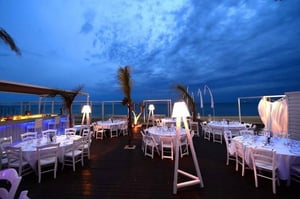Handpicked by a Cyprus Local Expert, we bring you our guide to 'Top 10 Archaeological Attractions in Cyprus'.
Pafos Archaeological Park
Pafos Archaeological Park is a UNESCO World Heritage Site from 1980 and it is probably the most inspiring and exciting site on the island. According to written sources, the town was founded at the end of the 4th century by Nicocles, the last king of Palaipafos. In the beginning of the 3rd century B.C. when Cyprus became part of the Ptolemaic kingdom, Nea Pafos became the center of Ptolemaic admin...
Choirokoitia Neolithic Settlement
Choirokoitia is an archaeological landmark located about 30 minutes drive from Larnaka, Lefkosia and Lemesos. This fascinating ancient site dates back to 6,800BC and is thought to be one of the earliest permanent human settlements in Cyprus. The houses were crowded together, protected by walls. A house consisted of a compound of several buildings with a circular ground plan around an unroofed s...
Kolossi Medieval Castle
Kolossi medieval castle is located 14km west of Lemesos and is a fine example of military architecture. The castle was originally constructed in the 13th century by the knights of St John and rebuilt its presence form in the middle of the 15th century after a Genoese attack. The rooftop of the castle offers wonderful views of the surrounding vineyards, which produce the famous sweet dessert wine, ...
Larnaka Medieval Castle
One can easily spot the Larnaka castle at the south end of Phinikoudes. It is believed that the castle founded during the Byzantine era as the first fortification in the 12th century, the first written testimony actually comes from the 14th century. Then, written sources such us Florius Boustronius and Jauna dates it to the years of Luzignian King James I (1382-1398AD), who built it to protect the...
Pafos Medieval Castle
Pafos Medieval Castle located next to the harbour in Kato Pafos was originally a byzantine fort built to protect the harbour. It was built by the Lusignans in the 13th century, dismantled by the Venetians in 1570 and rebuilt by the Ottomans after they captured the island in the 16th century. During its long history the castle was also used as prison cells and as storage for salt when the island w...
Tombs of the Kings
Tombs of the Kings are spread over a vast area close to the sea in the north western necropolis of Pafos. This impressive underground tomb, which probably belong to the Pafian aristocracy, dates back to the 4th century BC. The 'Tombs of the Kings' was the place where the higher administrative officers and distinguished Ptolemaic personalities as well as the members of their families were buried. ...
Kourion Archaelogical Site
Kourion Archaeological site is a spectacular archaeological site, of great significance, where excavations still bring new treasures to light. It is a must see for everyone on the island and the remains of the ancient city of Kourion are perhaps the best known and most photographed in Cyprus. Kourion was an important city-kingdom. The site comprises many monuments, many of which date from the R...
Limassol Medieval Castle
Limassol Medieval Castle is situated in the centre of the town near the old port. The castle was built in the 13th century on the site of an earlier Byzantine castle and has been converted today into a museum. It is the town's most popular attraction because according to fame the castle stands on the site where Richard the Lionheart married Berengaria of Navarre and crowned her Queen of England in...
Amathus Archaeological Site
Amathus archaeological site or Ancient Amathunta is located 11km east of Lemesos centre, is one of the most significant ancient city kingdoms of Cyprus which dates back to 1100 BC. According to mythology the site was founded by King Kiniras and it is here where Theseus left the pregnant Ariadne to be cared for after the battle with the Minotaur. Various attractions at the Amathus site include, ...
The Sanctuary of Aphrodite
The famous sanctuary of Aphrodite stoods at Palaipafos or Old Pafos (Paphos) at Kouklia village and it was one of the most celebrated pilgrimage centers of the ancient Greek world and a former city - kingdom of Cyprus. The sanctuary was mentioned by Homer and other Greek and Latin authors. The glorious days of the sanctuary lasted until the 3rd to the 4th centuries. In the area there is a mu...


